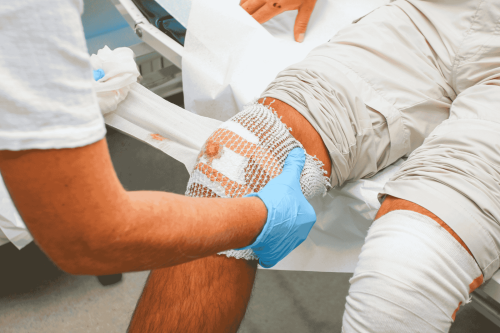In order to reduce or eliminate the hazards of occupational exposure to bloodborne pathogens, an employer must implement an exposure control plan for the worksite with details on employee protection measures. The plan must also describe how an employer will use a combination of engineering and work practice controls, ensure the use of personal protective clothing and equipment, provide training , medical surveillance, hepatitis B vaccinations, and signs and labels, among other provisions. Engineering controls are the primary means of eliminating or minimizing employee exposure and include the use of safer medical devices, such as needleless devices, shielded needle devices, and plastic capillary tubes.

General
Advance Your Skills With California BRN-Approved Wound Care Training
Wound care is one of those areas in healthcare that touches nearly every setting—hospitals, clinics, long-term care facilities, home health, and even outpatient surgery centers.


